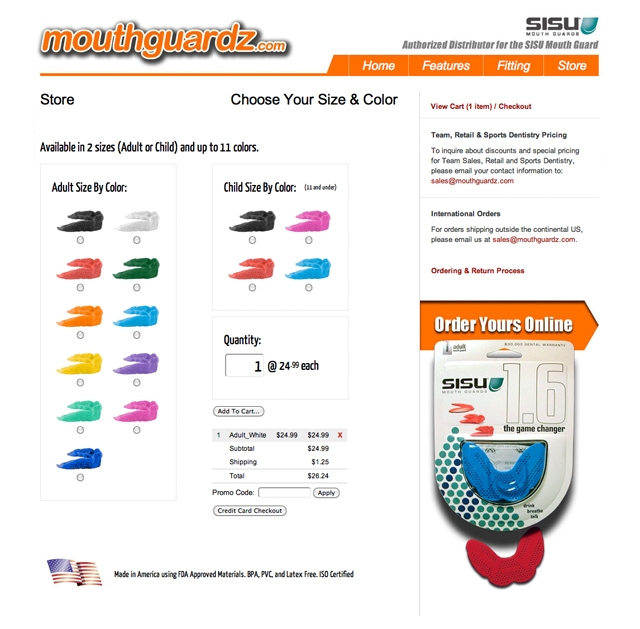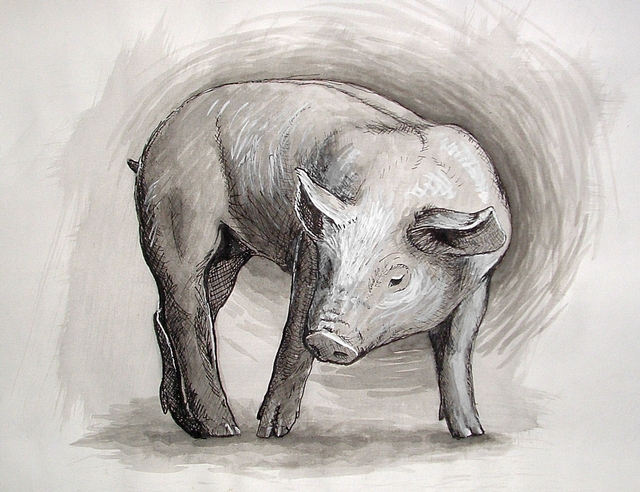




This is all older work but i reckon it ought to be up here somewhere.
I handload my own ammunition because it might be cheaper in the long run compared to buying high quality ammunition and because you can fine tune your loads for the best accuracy. In the process, I created a little web app that allows you to quickly and easily generate your own data collection forms. Just fill out the form as shown below and hit the button. Then just bring a pencil or pen with you to the range and record your results.
Here's the link:
http://jackpalmer.us/user/dev/target_data_form.cfm
At last, time to put on the top and start growing some tomatoes.
So here we are. We've covered the ends and the sides. It's time to put on the top. It's the easiest part and the most satisfying because after this, we're done.
Resist the urge to put the top on first. Covering the ends first, leaves more surface area of the structure exposed for taping. If you put the top on first, you will only be able to tape the ends over the top instead of around the structural tubing where a more secure binding can be made. However, if you want to be able to remove the end coverings, then you might as well put them on last.
I began with the door. When attaching the film to the wood, just use some 1/8 inch by 3/4 inch trim and staple it down over film, sandwiching the film between the base wood and the trim.
Now that the top and sides of the basic structure are completed, we're going to close up the ends and build the door frame and finally the door itself. I'll build the door 'in place' because the doorframe may not be perfectly square.
Flip through the slide show below to see the process.
Here, I've closed up both ends using the same method as I used on the sides. I'll cut out the middle of this front board when the door frame is done.
This is my greenhouse experiment. The 'high-tunnel' greenhouse design is just about the cheapest to build because it requires very little in the way of materials. This will be a 10' x 24' greenhouse built for around $500 over a few weekends.
The tricky part in this design lies in finding precisely the right size of 3/4" PVC pipe. In this case, it's the inside diameter that we're concerned about. Measure your pipe carefully (before you buy it) and get the stuff that is between 29/32" and 15/16" ID. A lot of it will be 7/8 but skip those because you will not be able to insert the metal conduit. You want the stuff with the widest opening so the metal conduit (aided with a bit of WD-40) will slide in from 6" to 24" giving a lot of wiggle room in the positioning while giving a snug fit. I didn't find any that were too big.
Flip through the gallery below to see part 1 (of 4?) of the construction process - framing the structure.
The first step is to stake out your greenhouse with PVC 'feet' and then go back and insert the metal conduit and set each one with a screw when you get them where you want them. The PVC should extend 1 to 2 feet deep to ensure stability since the structure is very light and has no heavy foundation to anchor it. Most of these are about 3 feet long with 18 inches in the ground and 18 inches above ground.
This is a follow-up post to my original koi pond post. Here, I've detailed the construction process with a few notes about lessons learned and so forth. I'll be doing another post that concentrates on the rest of what I've learned from this experiment. If you're looking to build your own pond, shoot me an email. I'd be happy to give you a free consultation and compare notes.
Naturally, it starts by digging a hole. We had some erosion problems near one corner of our house so I used the dirt to fill in that low spot. The sides of the pond were lined with cinder blocks with rebar driven through the blocks and into the ground for added stability. Hit the next button in the slide show above to see more.
I just completed a new e-commerce website for mouthguardz.com. L. Heckel & Associates contracted with me to design and build their e-commerce website. I shot the packaging, designed the site, programmed a custom shopping cart that is a pleasure to use and set up a promo code system so that the client can easily assign special pricing to high-volume customers.
In the client's own words...
In the development of www.Mouthguardz.com, Jack was not only flexible, knowledgeable, and professional, he additionally maintained a shared sense of urgency, displaying a true understanding of my timeline and needs. Jack’s expertise not only covers traditional Web Design, but he is very open to the challenge of new, innovative ideas.
—LRH Founder of Mouthguardz.com
Here are a couple of screenshots from the site:

The store's custom shopping cart works with 3 different payment methods. Standard credit card transactions are processed at Authorize.net while special promo codes allow for checkout by check or Net30.

Thanks to PadsitePLUS 2.0, the site also has a built-in content management system and traffic reporting as well as powerful database management tools for tracking orders, managing promo codes and customer data.
The client's product is a new mouth guard that is thinner, lighter and perforated so you can drink and breathe through it. The best part is that this mouth guard is 30% stronger than traditional mouth guards because it does a better job of distributing impact forces. It's pretty amazing by itself and I'm proud to be working with them to sell them on the interwebs.

I haven't been doing much drawing lately so I'm a little rusty but Mr. Piggy here turned out okay. The drawing itself is about 13 by 11 plus a little padding making it 18 x 13.5 in all. It's done in ink on paper (pen and brush). If someone would like to give Mr. Piggy a good home, shoot me an email. The price is negotiable.
If you would like some original illustrations for your advertising or for your art collection, I would love to work with you.
This was one of my first projects in the kitchen. We had a pantry that had very deep shelves and it was hard to keep it organized because you could only ever see about 1/10th of what was in there. By splitting the space into two sets of shallow shelving and putting one set of shelves in the door, we made the space a lot more usable. We can still pack it full of stuff but now everything is a lot more visible and accessible.
Pardon my cat's demonic possession. It comes and goes. Here we see the pantry as it normally looks - with the door closed. Hit the Next button in the slide show above to see the rest of this project.